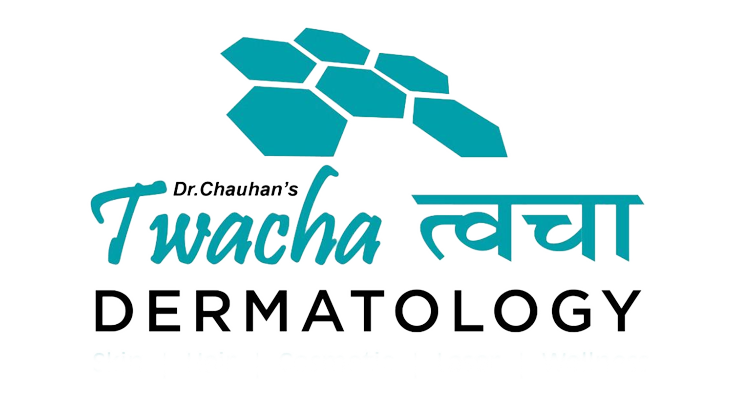What is Scar Removal?
Scar Revision means appealing to scar cosmetics and aesthetics to try and minimize it by surgical or non-surgical techniques so that it merges perfectly with your skin. Naturally, it takes anywhere from a few months to a year for the wounds to fade naturally and one must wait until the scar has matured after healing. And ideally scar revision should be done 2-3 months after fully maturing.

The scar can be treated surgically or by semi-invasive procedures, such as dermabrasion, fractional resurfacing lasers, scars are common depending on the type of season, hypertrophied elevated, depressed or isophic or ice pick scars. Size and location of the mark. And by which method one gets the best cosmetic result, the beat modification treatment can be used more than once to achieve desirable results.
1. Remove the scar
Surgical removal of scars can be performed by simple and closed closure in the case of small scars where closure is possible or by skin flaps and Z-pasti if simple closure is not possible, for perfect tension-free closure, in some cases if very More tissue is damaged or lost. We do skin grafting, can be full-thickness grafts or have split thickness depending on
the scar, if too much If skin tissue is lost, we may need to rebuild with the help of tissue expansion.
2. Watertight / abatement
In undergarment or subscribing, we lift or elevate tainted stains with the help of cutting needles. In this process we break down the collagen fibers that hold the stain along the dermis, which bypasses dermal anchoring and produces new collagen and matrix under the scar. Responsible for lifting the mark. It is safer, less aggressive and gives longer lasting results.
3.Dermabarasion
At Dermabrasion we remove or remove the upper lasers of the skin with the help of dermabrader which can be the depth of the dermabrasion wire brush or diamond brush whether superficial or deep scorching, depending on the severity and depth of the new, after the procedure. Skin that forms very smooth skin with minimal stains.
4. Partial Laser Resurgence
Partial laser regeneration can be ablative and non-ablative. The Common Ablative Fractional Resurfacing Laser is Fractional Carbon Dioxide (CO2) that completely rejuvenates the skin and gives excellent results but takes longer to heal. The most popular non-ablative fractional skin resurfacing lasers are the Fractional Er-Glass laser, which gives mild results that penetrate deep into the skin dermis and stimulate new collagen to reduce scarring as it reduces partial CO2. Much less time than. None of the required sessions is more.
5. Dermal filler for mark height
In this process dermal filler is used to lift and lubricate stains that have been submerged after subcutaneous, which helps to remove scars from the filling. Can be used with topical anesthesia usually not painful immediately. No downtime. Gives, but lasts for one year and the process has to be done depends on filling the material used.
Post procedure care
Postoperative care is important in scar removal surgery, simple dressing with antibiotic cream, stitch removal dressing within a week if the scar is overgrowth.
Semi-invasive procedures are to avoid sun and reduce anti-healing and 3-4 hours of sunscreen post-inflammatory hyperpigmentation before applying antiseptic cream soothing you the best cosmetics if you take proper post-procedure care Results will be found, even if we cannot erase it completely.
